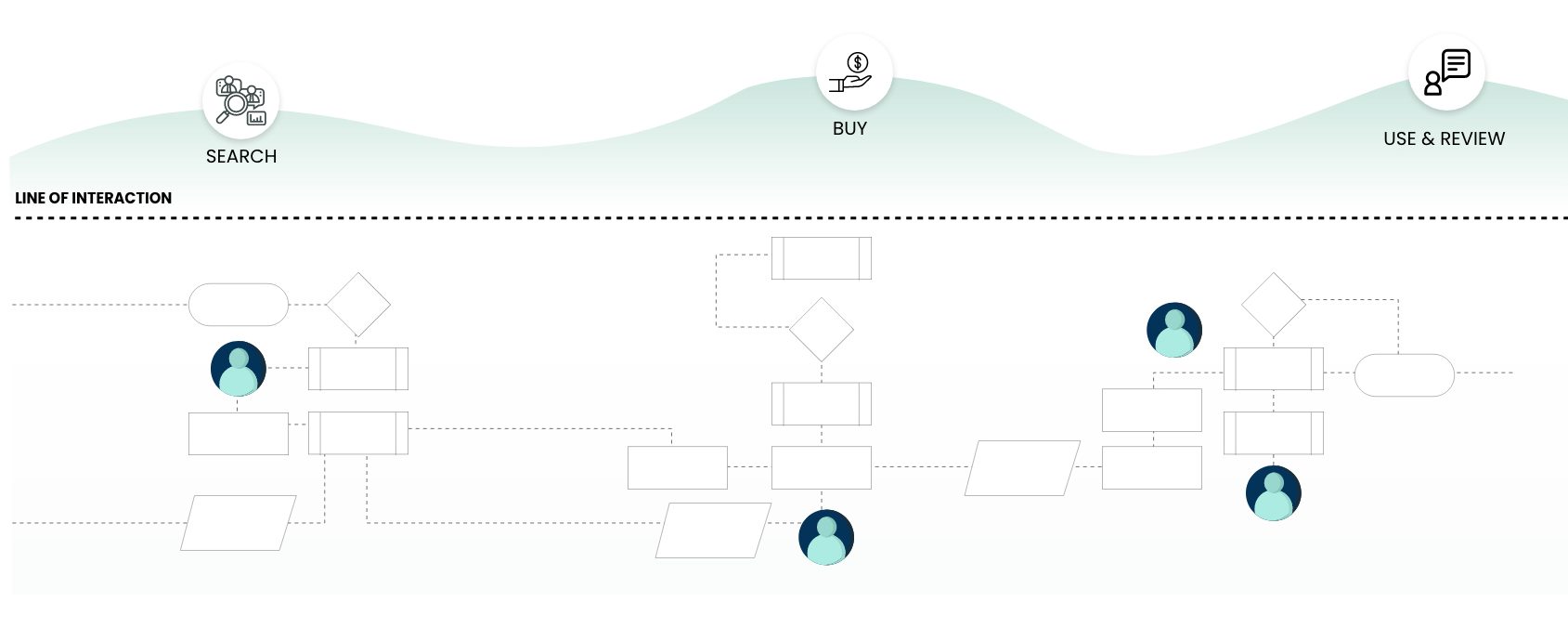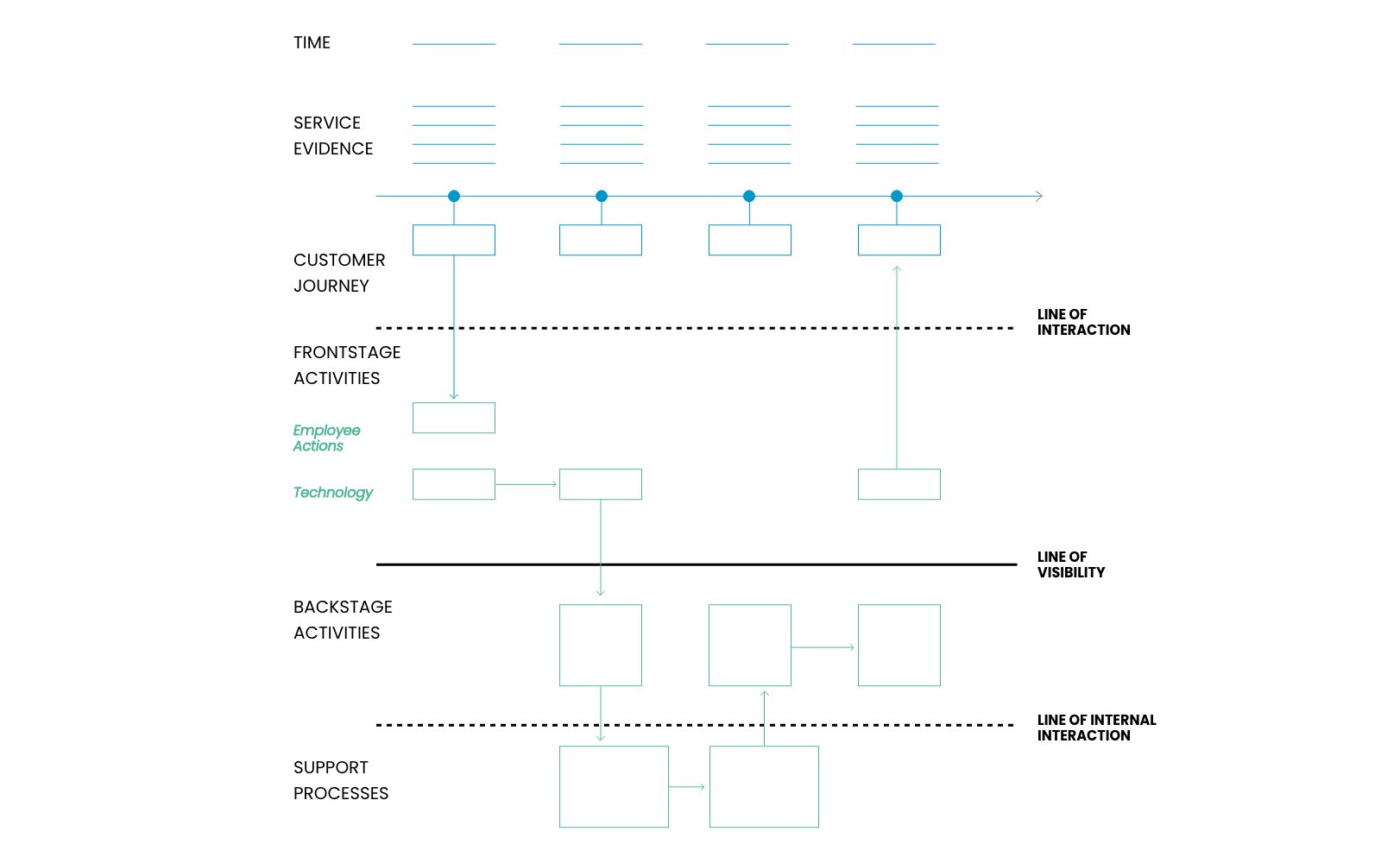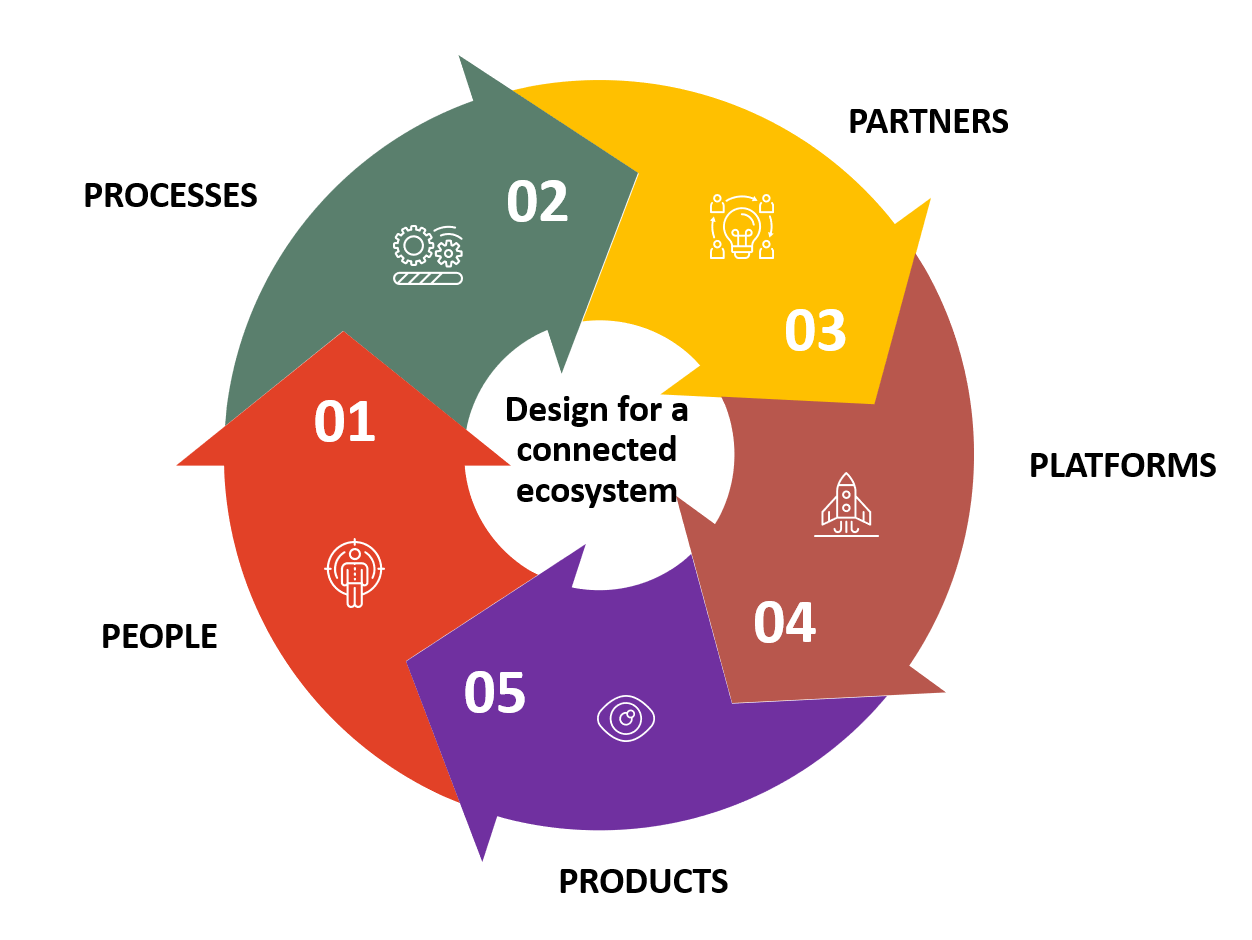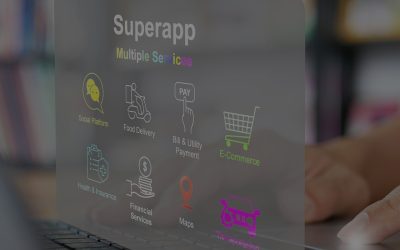Creating holistic experiences for customers
Consumers, confined due to stay-at-home restrictions in the wake of COVID-19, have made mobile phones their main channel to engage, socialize, entertain, shop, and explore the world. The engagement with brands over multiple applications such as browsers, apps, SMS and instant messengers has multiplied several folds. The reason for the increase in app usage goes beyond a good experience-it has its roots in the ability of these apps to offer services that establish trust in the minds of consumers.
If consumers were only interested in the experience, they would not flock around Amazon or Flipkart. They would go to the scores of other brands that are direct to consumer. But they don’t because other brands cannot match the robust delivery experience, customer service, feedback process, etc., of an Amazon and a Flipkart. Deep in the minds of most consumers, the Amazon app symbolizes quality and assurance; the app represents the guarantee that complaints, returns and refunds will be promptly handled; and that payments will be flawless. In effect, the interaction has gone much beyond the delight of physical and digital products.
The principles behind the success of an Amazon apply to any industry. An airline may have an impeccable app for bookings but the acid test is when a customer wants to make changes, modify booking, add services, etc. This is when the app either wins the customer’s trust or sees the customer switch to competition. If the customer journey is not mapped across all touchpoints, the brand cannot hope to provide a great end-to-end experience.
Service is much more than delivering a single digital experience. Service success depends on a variety of tangible and intangible aspects, from physical products to communication, environment, processes, service evidences, etc., in an ecosystem and how these elements interact with each other; how they achieve the desired goals; and how they keep the customer at the core.
There are four core principles to creating a great service:
1. Know the customer
2. Understand the persona
3. Map customer journeys across all touchpoints
4. Create a service blueprint that aligns all touchpoints
 Figure 1.0. Illustration showing multiple touchpoints in a service- connected experiences
Figure 1.0. Illustration showing multiple touchpoints in a service- connected experiences
Service design and systems thinking achieve the desired coherence in the ecosystem by focusing on creating customer experiences using a combination of intangible and tangible aspects across different touchpoints (see Figure 1.0). Service design and system thinking provide numerous benefits to the end-customer experience when applied to sectors such as retail, banking, travel, and healthcare. It is used to create both, new services and to improve the performance of existing services.
In 1982, the term “Service Design” was coined by Lynn Shostack. Service design was considered the responsibility of marketing and of management. It was proposed that a business should develop a “Service Blueprint”, an artifact showing the end-to-end view across a service mapping customer actions, physical evidence, front-end activities, back-end activities, support systems, and pain-points along with details of the processes within a company and how each process interacts with other processes (see Figure 1.1). While this blueprint was initially used for service design it has now become a tool for managing operational efficiency as well. It is helping businesses to identify process gaps and bridge those from end-to-end.
 Figure 1.1. A sample “Service Blueprint”
Figure 1.1. A sample “Service Blueprint”
Imagine a loyalty solution for a hotel where the property wants to offer a great experience by digitally empowering the guest. The hotel may have an elegantly designed application for room controls, room service, F&B order placement, in-property navigation, etc., but to fulfil those services it would still need employees and partners to align to the larger goal of meeting guest expectation. Service design helps in building that resonance between people (service providers), processes, partners, platforms and products (see Figure 1.2.) to achieve the overall objective for customer delight at every touchpoint.
 Figure 1.2: The 5Ps of service design thinking
Figure 1.2: The 5Ps of service design thinking
Most businesses implement digital solutions in a fragmented and isolated manner. The solutions do not take a holistic view of the customer experience. However, it is recommended to have a complete end-to-end view of how the solution will look before starting with solution development. This enables validation at each touchpoint for consistency of customer experience and lowers the chances of service failure. Service design thinking enables this through collaboration and a co-creation approach.
The challenge is to apply this thinking in actual projects. There are several design tools used to create the blueprint of the end-to-end solution and to map the nature and characteristics of the interactions that fall within it. These tools include (but are not limited to) the development of service scenarios and use cases. These tools are similar to those used for software design and UX design. It is worth noting that in service design these tools tend to be broader in scope and accommodate management techniques.
During one of the recent service design projects to envision a digital ecosystem for a commercial real estate company, our team mapped the as-is 5Ps (People, Process, Partners, Platforms, and Products) and the interconnections between all 5Ps. Using tools and techniques from service design thinking, we could converge our thoughts and identify the most critical interactions, pain-points, and IT intervention areas that unlock the highest business and customer value by creating an end-to-end experience.
The end-to-end mapping formed the basis of creating the solutions and for providing an overview of the future roadmap. This sounds like a complex process. In reality, it is organic and aligns with the natural way that humans think.
If organizations leverage service design and systems thinking, it can add immense value to scenarios where problems and the end state are not clearly defined. It can help navigate through ambiguity to fashion digital and physical experiences that elevate customer experience and build trusted connections for brands.
Author:
Tarannum Bano
Service Design Consultant, Digital Design Studio, CX











